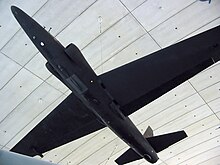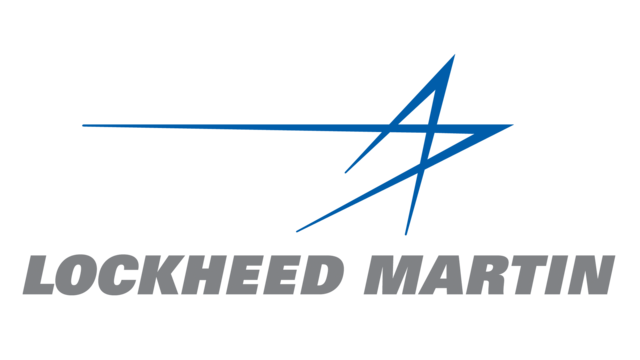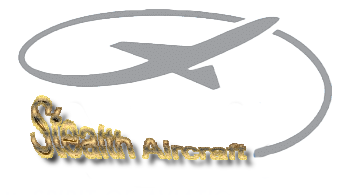

Lockheed
U-2/TR1 Dragonlady
|
|||||||||||||||||||||||||||
|---|---|---|---|---|---|---|---|---|---|---|---|---|---|---|---|---|---|---|---|---|---|---|---|---|---|---|---|
.
History Lockheed
Lockheed
U-2/TR1 Dragonlady
Manufactured 1955–1989 Introduction date 1956
First flight 1 August 1955
Design

The design that gives the U-2 its remarkable performance also makes it a difficult aircraft to fly. Martin Knutson said that it "was the highest workload air plane I believe ever designed and built … you're wrestling with the airplane and operating the camera systems at all times", leaving no time to "worry about whether you're over Russia or you're flying over Southern California". The U-2 was designed and manufactured for minimum airframe weight, which results in an aircraft with little margin for error. Most aircraft were single-seat versions, with only five two-seat trainer versions known to exist. Early U-2 variants were powered by Pratt & Whitney J57 turbojet engines. The U-2C and TR-1A variants used the more powerful Pratt & Whitney J75 turbojet. The U-2S and TU-2S variants incorporated the more powerful General Electric F118 turbofan engine.
0
KmCeiling
0
KmMAX RANGE
0
MachAircraft Speed
0
Max Crew
Photo Gallery
Lockheed
U-2/TR1 Dragonlady
Manufactured 1955–1989 Introduction date 1956
First flight 1 August 1955


Lockheed/Martin Aircraft
Lockheed U-2/TR-1A Dragonlady
General Info
Powerplant
.
Links to Youtube & Others
On 1 November 2013, media outlets reported that Skunk Works has been working on an unmanned reconnaissance airplane it has named SR-72, which would fly twice as fast as the SR-71, at Mach 6. However, the USAF is officially pursuing the Northrop Grumman RQ-180 UAV to assume the SR-71's strategic ISR role
Lockheed/Martin
U-2/TR-1A Dragonlady
"The new aircraft is expected to strike targets anywhere across a continent in less than an hour."
Youtube Link
The Northrop/McDonnell Douglas YF-23, is an American single-seat, twin-engine stealth fighter aircraft technology demonstrator designed for the United States Air Force.










.png)


.png)